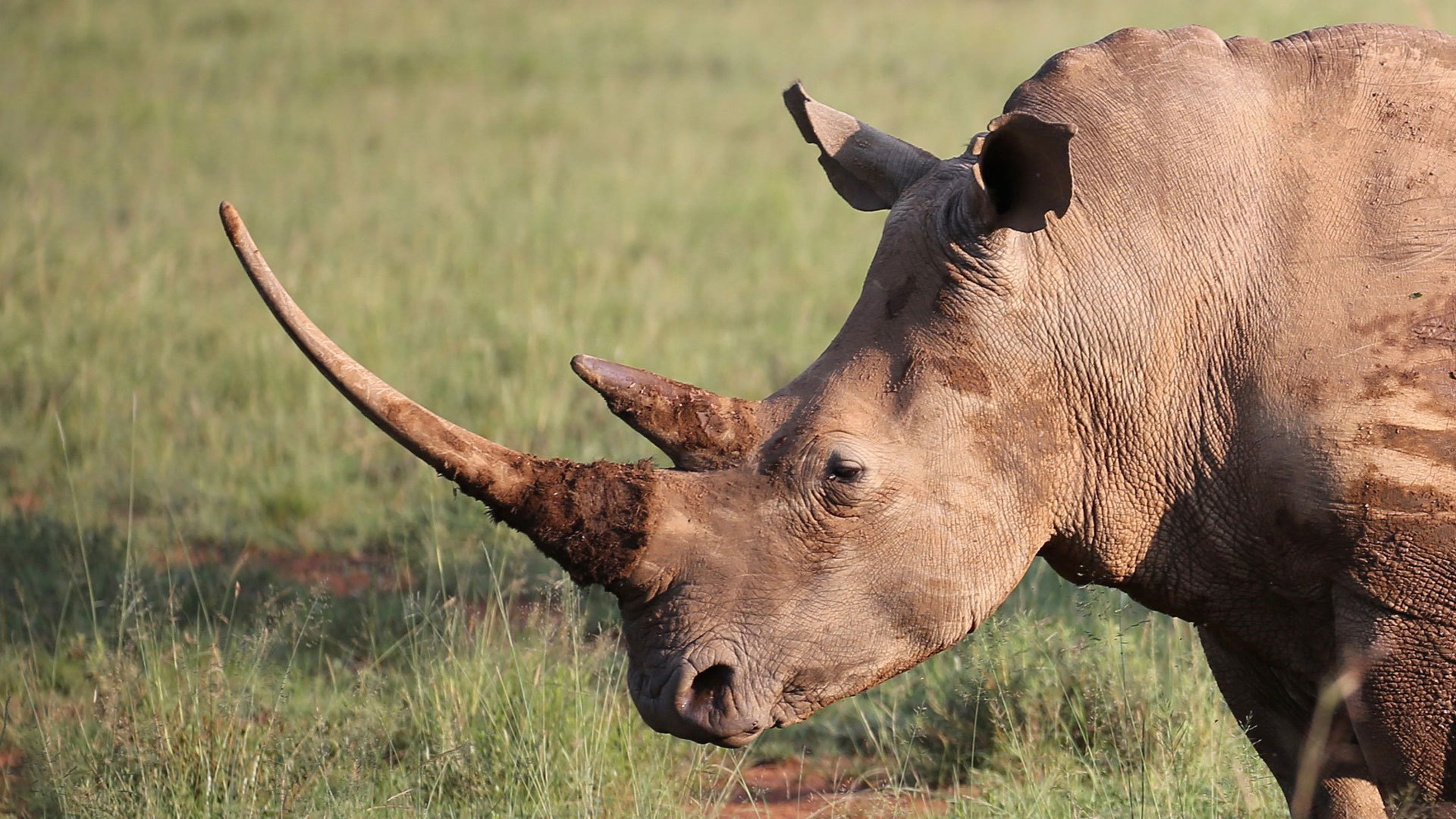


Some believe the horn to be an effective aphrodisiac (which is false), as well as a cure for a hangover. People also buy rhino horns to consume for other reasons. Nonetheless, traditions die hard, and the rhino may just die out along with them, if we do not successfully prevent the killing of these animals that have been around on Earth for millions of years. As per scientists, eating or drinking the horn does as much for you as nibbling on your fingernails. Typically, rhino horns are ground up into a powder form and then mixed into boiling water, for a medicinal hot drink.ĭoes consuming rhino horn really do anything for you, though? The medicinal benefits of rhino horn have no scientific basis. With the dwindling populations of rhinos, and the limited number and breeding success of captive rhinos, there is a critical need to learn as much as is possible about their horns to find an adequate substitute.

Traditional Chinese medicine has recipes that prescribe consuming rhino horn to cure everything from a fever to gout and snakebites, hallucinations and more. Rhinoceros horn has been used medicinally and as a talisman in many cultures and animals are slaughtered to obtain the horn.
RHINOCEROS HORN SKIN
Why do people buy rhino horns? These horns are a strong component of traditional medicines used in Asia. The rhinos have a single black horn between 20-60 cm long and a grey-brown hide with skin folds, which give it an armor-plated appearance. Traditional Medicine And Status A board from Save the Rhino Foundation Nepal reads 'my horn is NOT medecine.' Image credit: Thomas Dutour/ A different study involving a survey in Vietnam found that rhino horn is commonly consumed to treat minor illnesses and as a tonic to improve general well-being. In places where rhinos live wild, some people earn so little money that the prospect of earning much from killing just one rhino can be alluring. Technically, it is illegal to kill a rhinoceros for its horn, but many people still do it. Only two northern white rhinos are still alive, and these are highly prized, living under constant surveillance in Kenya, in the Ol Pejeta Conservancy. Southern white rhinos now living in Africa are classified as near threatened, and their northern counterparts now are extinct in the wild. This means they have been characterized by the International Union for Conservation of Nature (IUCN) as animals that are at a high risk of going extinct, and being lost on Earth forever. The black rhino, as well as the Javan and Sumatran rhinos are now critically endangered. The sad truth is that rhinos have been poached so much that they are facing extinction.


 0 kommentar(er)
0 kommentar(er)
